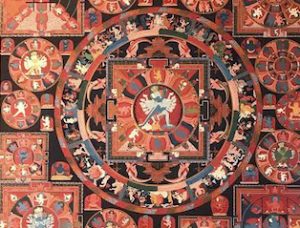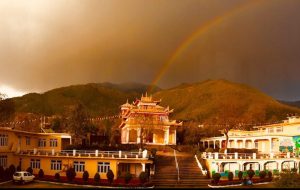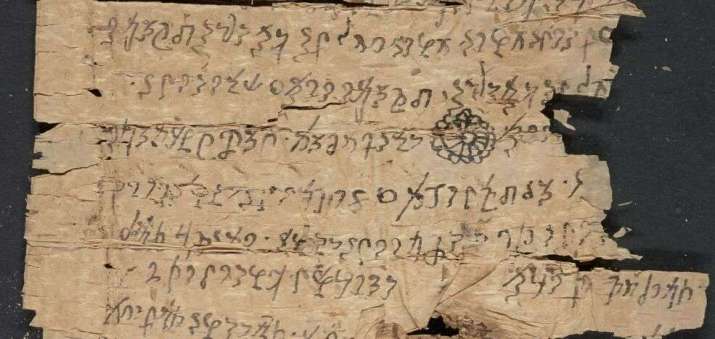
The United States Library of Congress (LOC) published a Gandharan Buddhist scroll on its website this week, offering visitors the opportunity to view, zoom in, and download four images containing early Buddhist writings. The manuscript, one of the first of its kind to be made publicly available, dates to the first century BCE and is printed on birch bark. The information contained in these and other Gandharan manuscripts, currently being studied by scholars, has the potential to open new doors of understanding on early Buddhism.
Gandhara is one of the most important regions for the development of early Buddhism as it spread beyond its area of origin in northwest India, mostly in the modern state of Bihar. Situated in present day Pakistan and Afghanistan, Gandhara was once a thriving center of trade between the Greek and Persian empires to the west, Indian empires to the south and east, and China, as the Silk Road traveled first north and then east through Dunhuang into central China.
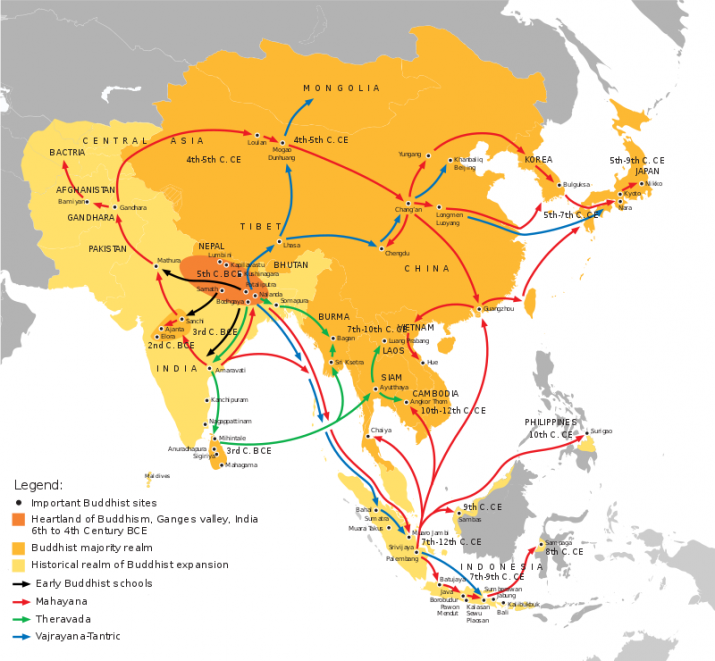
The ancient kingdom of Gandhara flourished from c. 100 BCE–200 CE. A number of Gandharan texts have recently been unearthed at Bamiyan in Afghanistan, the site of the Bamiyan Buddhas that were destroyed by the Taliban in March 2001, one of which was more than 50 meters tall.
“This is a unique item because it is very old compared to similar manuscripts and, as such, it does bring us, historically speaking, relatively close to the lifetime of the Buddha,” said Jonathan Loar, reference librarian in the Asian Division of the Library of Congress. (Library of Congress)
Richard Salomon, director of the British Library-University of Washington Early Buddhist Manuscripts Project, noted that the manuscript is approximately 80 per cent intact, allowing for its contents to be easily deciphered. Many of the other manuscripts currently being studied are more fragmentary. This scroll, however, is one of the most complicated objects ever handled at the Library of Congress due to its age and fragility. Conservators at the library first practiced unraveling a dried cigar before attempting work on the delicate scroll.
“Digitizing the scroll offers both scholars and Buddhist communities worldwide access to a lesser-known part of Buddhist history,” said Loar. “This being as old as it is and also one of only a couple of hundred Gandharan manuscripts known to scholars means the Library’s scroll can shed new light on Buddhism’s formative period.” (Library of Congress)
The scroll was purchased by the library in 2003 from a British antiques dealer. It is the oldest object in the Asian Division of the library, which currently holds more than four million objects in over 130 Asian languages.
The text is in Gandhari, a language derived from Sanskrit, and the script used is called Kharoshthi. According to the Library of Congress, “Scholars have informally called this scroll the Bahubuddha Sutra, or The Many Buddhas Sutra, because it resembles a text with a similar name in Sanskrit. The scroll discusses the lives of 15 buddhas. The text is narrated by Shakyamuni Buddha, who gives very short biographies of 13 buddhas who came before him, followed by his birth and emergence as Shakyamuni Buddha, and ending with the prediction of the future buddha, Maitreya. The biographies contain other information, such as how long each buddha lived, how each predicted the eventual appearance of Shakyamuni Buddha, what social class the buddha was born into, and how long his teachings endured.” (Library of Congress)
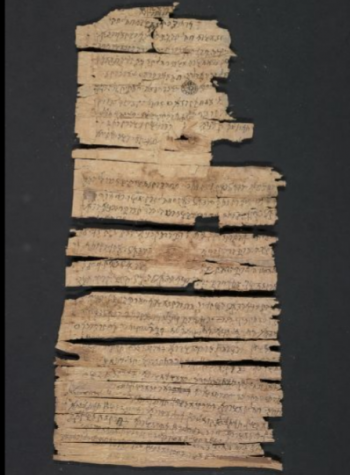
The announcement comes as scholars at the University of Sydney in Australia are likewise cataloguing and scanning Gandharan scrolls with the intent of making them publicly available.* Their work promises to reveal even more early Buddhist thought through additional Jataka tales, monastic training rules, and philosophical discourses.
* Scholars Inch Closer to Understanding and Sharing Ancient Buddhist Manuscripts (Buddhistdoor Global)
See more
Rare 2,000-Year-Old Text of Early Buddhism Now Online (Library of Congress)









